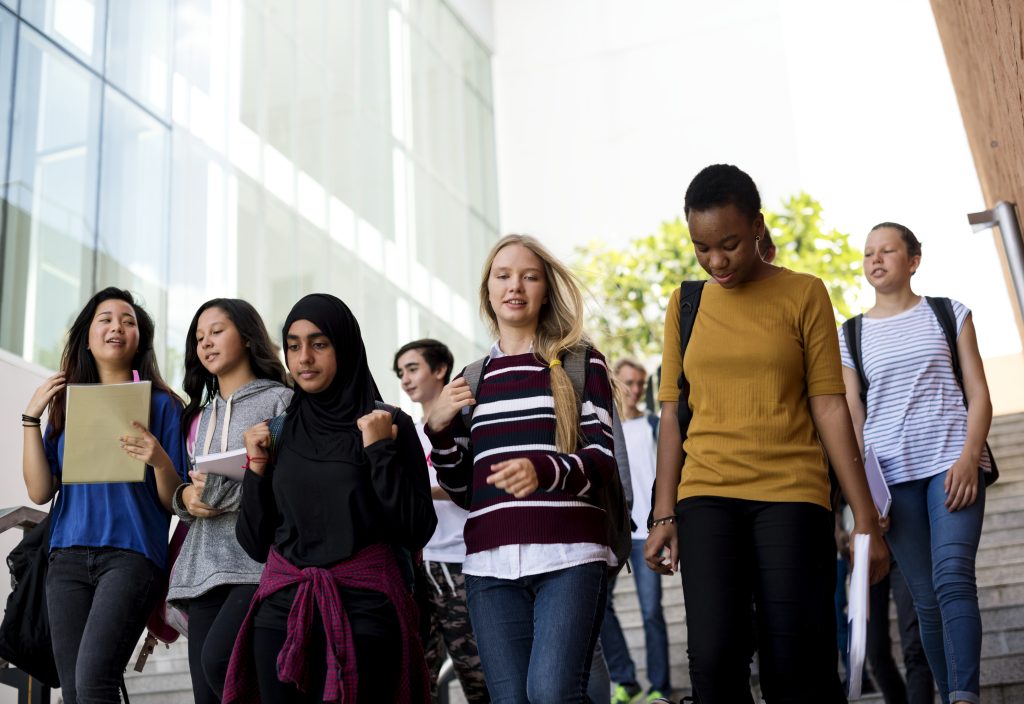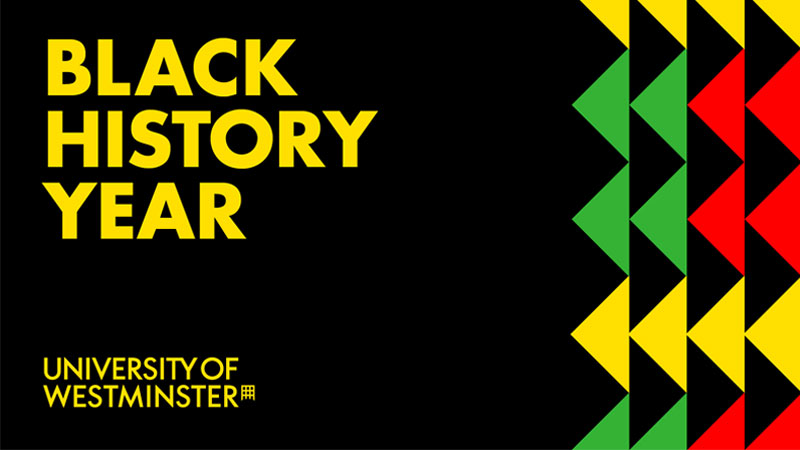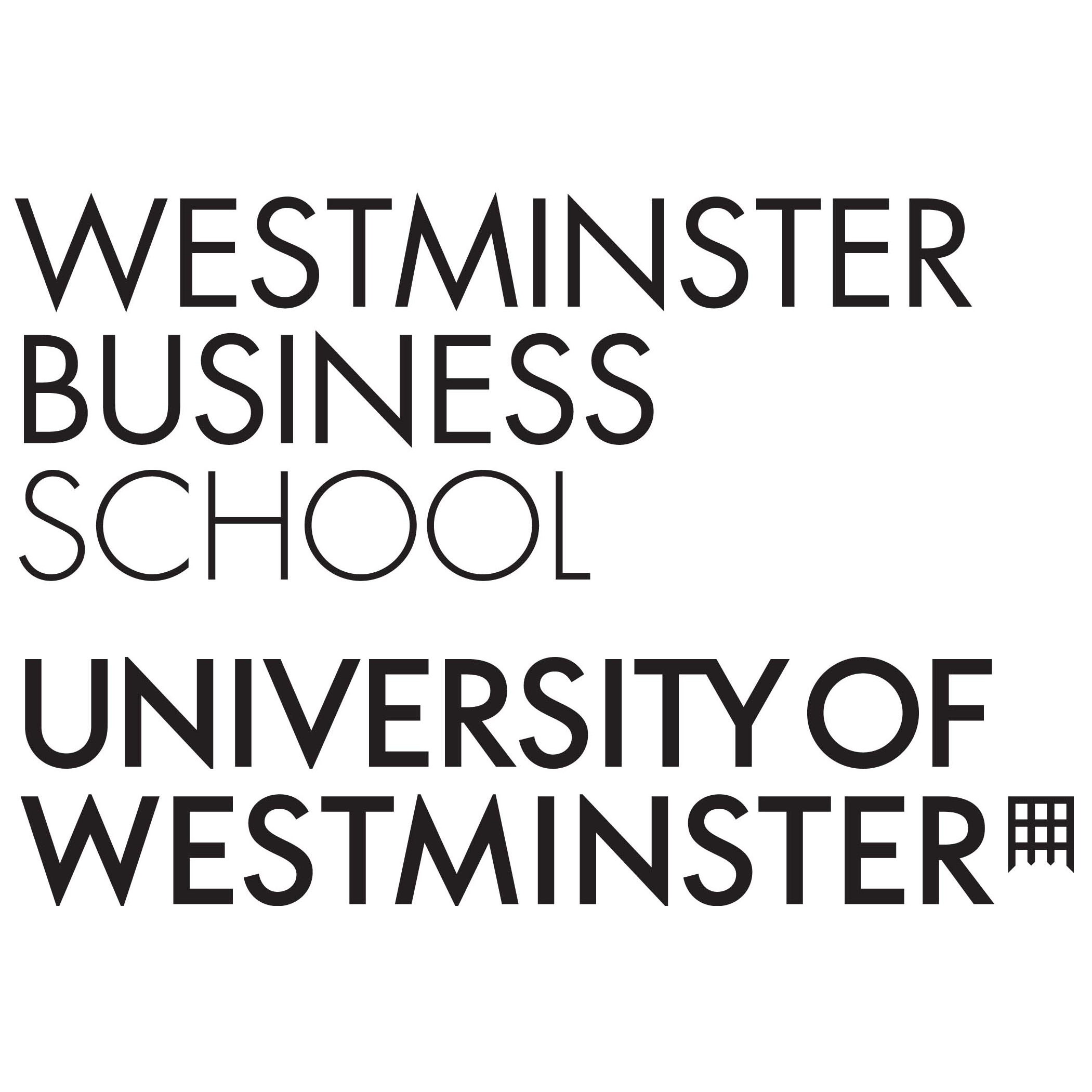Diversity and Inclusion in Learning
We have all been there. During a sensitive discussion, when things get tense, and the air feels thick enough to slice with a knife. How we react can change the vibe of the conversation from chill to tense, making it harder for everyone to learn and feel safe. Even though it can feel super overwhelming in a hot classroom, there are some things we can do to keep things chill and supportive. Most of the lectures I have attended show that professors have a tough time maintaining a calm and respectful learning space for a group of diverse students (and it is getting more diverse). Sometimes, to get on board with diversity and inclusion, teachers got to challenge themselves and their students to step out of their comfort zones. More academics should stop being so cautious and assertive (Smith, 2016, p.1).

Furthermore, to make teaching and learning more inclusive, instructors and students need to be cool with having awkward talks and questioning how things are in society. If we are too careful and do not speak up about sensitive stuff, we will not be ready to handle it. But if we speak up and tackle the issues head-on, we can all work together to improve things on campus. As a senior at Westminster, I have noticed that many undergrad and grad students are too scared or don’t know how to talk about differences. Before discussing diversity and inclusion in University, we must ensure we are in the right space. If we want our classrooms to be more about diversity, we should have more programs that show respect and include everyone.
Additionally, if we want to teach and learn about respect and acceptance, I suggest using Kentina Smith’s D.E.E.P. model. The model helps one use the right language, talk openly and honestly, feel confident sharing their thoughts without getting made fun of, and connect what we share to what we are learning in class. Also, for those struggling with sensitive talks or who want to make their curriculum more inclusive, Smith’s got you covered with some practical assignments and solid advice.
Black History Month
Every week while I am scrolling through the internet, there’s always some new headline about crazy stuff happening on campuses. People are protesting and demanding changes at universities all over the country.
“So, there’s this dude from a frat at some university who got caught on video singing a super racist song.
“Top administrators had to resign because they did not do anything fast enough about some racist stuff that was said and written.”
“Someone spray-painted some offensive stuff on a mural.”
Since the B.L.M. protests during and after COVID-19, people have acted like we live in a post-racial world, but I don’t buy it. The fact that black and brown kids keep getting killed and all this tension on university campuses shows that the whole “everything’s fine and dandy” story is untrue.
Yeah, race is still a big deal.
In our universities, we should have chances for students to talk about this stuff helpfully. Even though the curriculum is getting better, students still don’t learn enough about race and how it affects our society today. They often feel bummed out about talking about race on campus. Nonetheless, if we want to beat racial inequality, we got to be able to talk about it, describe it, and know what it is.
Anyway, Westminster’s been killing it at making this dream come true. The Black History Year program is all about celebrating awesome things. Black folks have done in and out of the University. But it’s also about shining a light on the messed-up stuff they’ve had to deal with and still deal with today. The program’s mission is to keep shining a light on important social issues. Their work is super important for the University’s goal of being anti-racist. Also, the University of Westminster has this cool event called “Black History Year,” where they invite awesome guests every academic year to share a lot of interesting stuff. These events are a chance to spread the word and learn about different cultures, identities, and experiences.

For You, By You
What does safe mean? What does it mean to say one is “not in danger?” What exactly does it mean to say “space”? What does it feel like? It might be interesting to ask these questions when hanging out with friends or even in a more formal setting. Let’s call this endeavour “My perfect place” for easy reference.
Simply put, all participants can view the responses, and the questions facilitate an open conversation between all of you. What each of you is saying is the primary focus of this conversation (U.C.L., 2020, p.1). For instance, when I’m with my friends at school, we often have the opportunity to discuss and investigate various strategies for enhancing our sense of personal safety.
In a nutshell, I want people to understand what an incredible privilege it is to be in an environment where it is possible to discuss and trade ideas with others freely. This activity contributes to the formation of an atmosphere in which the thoughts and opinions of all participants are respected and in which students have the opportunity to demonstrate that they are capable of rigorous thought and understanding of how the topics we discuss relate to a broader context. The cool thing about it is that as it goes on, the sense of community that already exists in the classroom will only grow stronger (U.C.L., 2020, p.1). I’ve been putting in a lot of effort to ensure everyone in my friend’s group has a pleasant and secure experience. Even though we don’t always agree, it has made the situation more enjoyable and interesting. In addition, the creation of safe spaces is beneficial and requires a variety of instructional approaches. Teaching through popular culture and promoting social justice is extremely important to me. When you’re in school, it’s important to remember that everyone comes from a unique history and has had their own unique experiences. Don’t just ignore it like it’s nothing. It’s okay to be unique, and we can all gain something from observing the experiences of others. Because of this, learning is made more enjoyable, and we can interact civilly with one another.
References
Smith, K.R. (2016). Teaching and Learning ‘Respect’ and ‘Acceptance’ in the Classroom. [online] Faculty Focus | Higher Ed Teaching & Learning. Available at: https://www.facultyfocus.com/articles/equality-inclusion-and-diversity/teaching-and-learning-respect-and-acceptance-in-the-classroom/. [Accessed 2 May 2023]
U.C.L. (2020). Creating safe spaces for students in the classroom. [online] Teaching & Learning. Available at: https://www.ucl.ac.uk/teaching-learning/publications/2020/apr/creating-safe-spaces-students-classroom. [Accessed 5 May 2023]
University of Westminster (2023). Westminster Green Fund’s winning projects announced for the 2022-23 academic year. [online] Westminster. Available at: https://www.westminster.ac.uk/news/westminster-green-funds-winning-projects-announced-for-the-2022-23-academic-year. [Accessed 5 May 2023]
